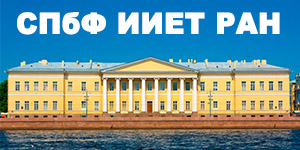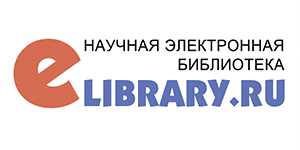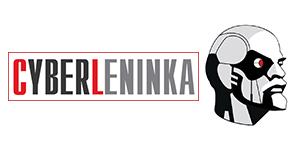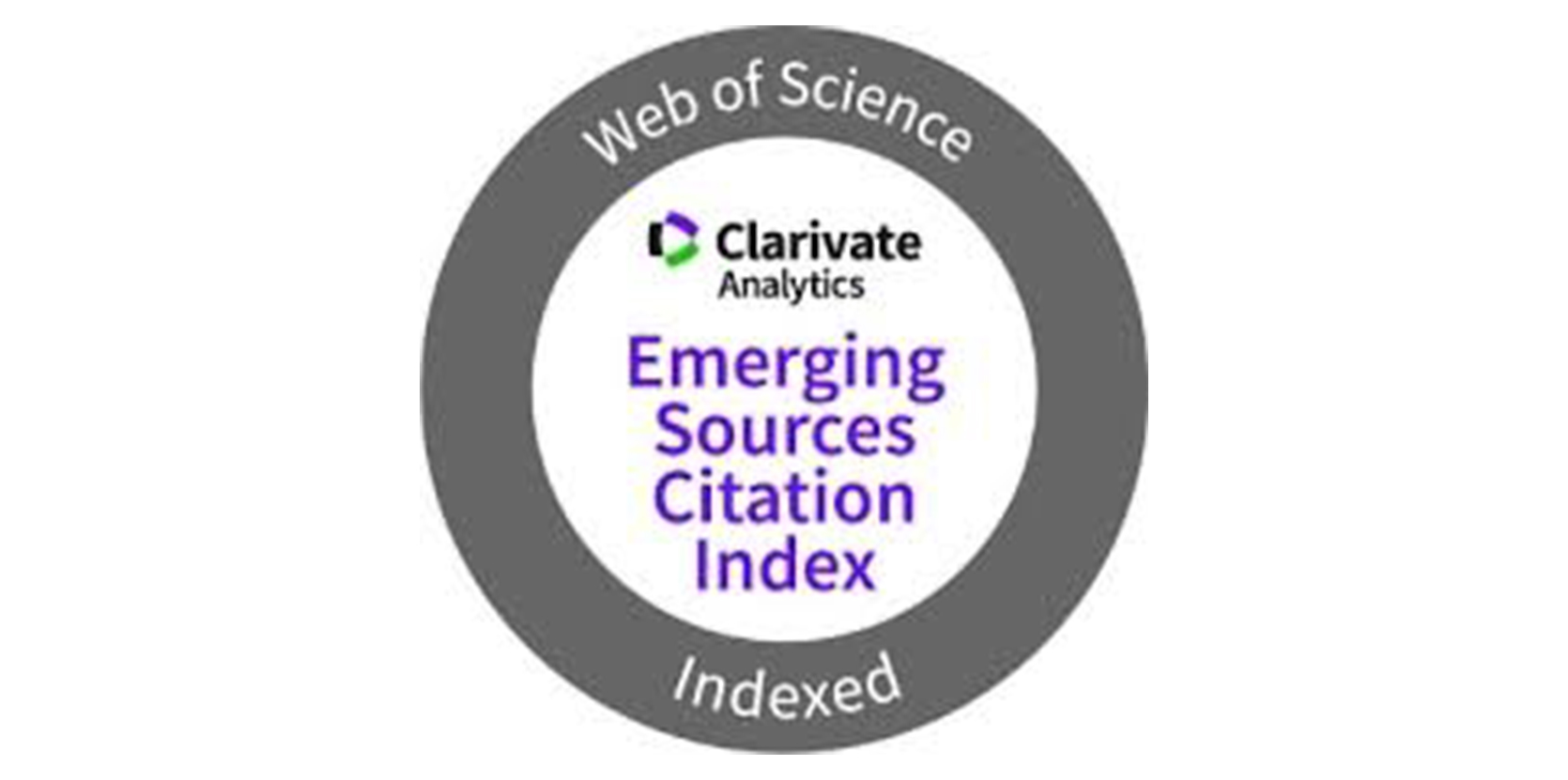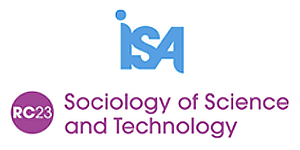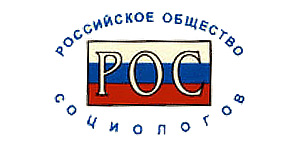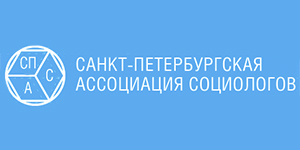Focus and Scope
The “Sociology of Science and Technology” publishes research articles, reviews, and letters on the following topics: science and society; science and technology policy; science communications; mobility of scientists; gender and science; social positions and social roles of scientists; science and education; history of sociology of science; social problems of modern technologies and other related themes.
The author’s duties:
- Authorship statement. The journal allows the authors to hold the copyright without restriction. By submitting a paper for republishing, the author agrees to provide a link to the paper that was previously published in “Sociology of Science and Technology”.
- The Editorial Board requests that authors who submit their articles to “Sociology of Science and Technology” do not submit the same articles to other journals at the same time.
- The author is obliged to participate in peer-review process.
- The author accepts responsibility for evaluations, views and attitudes expounded in the paper. The Editorial Board, the Editor-in-chief and members of the Advisory Board assume no liability for the author’s attitudes and reserve the right to share them or not.
- The author assures that the results of research presented in the submitted papers are original. If some ideas or expressions are borrowed from other authors, the title and author of the source should be indicated. Any form of plagiarism (including citing without indicating the source or appropriating another person’s results of research) is unacceptable.
- Persons who significantly contributed to the research should be indicated as the coauthors of the paper. It is unacceptable to indicate as coauthors persons who did not take part in the research.
- If the author finds grave mistakes or inaccuracies in the paper after its submission or publication, he or she should inform the Editorial Board.
- The Editorial Board reserves the right to decline an article if it does not meet the formatting requirements. The authors are invited to read the corresponding requirements. When formatting their articles, they may consult the last issue of the journal for guidelines.
Plagiarism
Papers submitted to “Sociology of Science and Technology” will be screened for plagiarism using “eTXT” plagiarism detection tools. “Sociology of Science and Technology” will immediately reject papers leading to plagiarism or self-plagiarism. If elements of a work have been previously published in another publication, including an earlier “Sociology of Science and Technology” publication, the author is required to acknowledge the earlier work and indicate how the subsequent work differs and builds upon the research and conclusions contained in the previous work. Verbatim copying of an author’s own work and paraphrasing is not acceptable and we recommend that research should only be reused to support new conclusions. Editors of “Sociology of Science and Technology” seek to uphold academic integrity and to protect authors’ moral rights. We take all cases of plagiarism very seriously being aware of the potential impact an allegation of plagiarism can have on a researcher’s career. Therefore, we have procedures in place to deal with alleged cases of plagiarism. In order for us to take an unbiased approach, we investigate each case thoroughly, seeking clarification from all affected parties. If we are approached by a third party with an allegation of plagiarism, we would always seek a response from the original author(s) or copyright holder(s) before we decide on a course of action. We will not be influenced by other parties and will form our decisions in an unbiased and objective manner. Editors are not obliged to discuss individual cases of alleged plagiarism with third parties. We reserve the right not to proceed with a case if the complainant presents a false name or affiliation or acts in an inappropriate or threatening manner towards editorial staff.
Submitting your paper:
Before submitting your paper, please ensure that you carefully read and adhere to all the guidelines and instructions to authors provided below. Before submitting a paper please ensure that it is fully in keeping with the journal’s style.
Copyright Notice
Articles submitted to the journal should not have been published before in their current or substantially similar form, or be under consideration for publication with another journal. All authors submitting their works acknowledge that they have disclosed all and any actual or potential conflicts of interest regarding authorship and publication of the work and will indemnify the publisher against any breach of such warranty. The journal allows the author(s) to hold the copyright and retain publishing rights without restrictions.
Fee for publication statement
No publication fee is charged for papers published in “Sociology of Science and Technology”. Article processing charges are not applied. Publication of articles and other materials in the journal does not entail any royalty to the authors thereof.
Article types
Sociology of Science and Technology publishes full-length original articles, critical articles, letters and review articles. The length required for main articles is normally 40 000 – 50 000 symbols, including endnotes and references. Review articles are typically 20 000 symbols.
Requirements for papers:
Format
• All files should be submitted as a Word document.
• The text should be in Times New Roman 12 pt, 1.5 spaced and fit to the width, all margins should be 20 mm.
The order of information on the article
1. The title;
2. The author(s);
3. The author’s affiliation and e-mail address;
4. Information about the authors;
5. The abstract;
6. Key words;
7. Acknowledgements;
8. The body of the article;
9. References in the alphabetic order (at the end of the article).
Information on the author
• Full name of each author;
• Position, rank, academic degree;
• Affiliation of each author, at the time the research was completed;
• E-mail address of each author;
• The author’s photo (color or b/w; at least 300 dpi).
Writing an abstract
The abstract is intended to serve as a source of information independent from the article. It should be remembered that an abstract provides basic information on the article’s content in international information systems and databases indexing the journal, which means that abstracts serve as sources of information independent from the articles.
When writing an abstract, the following principles should be kept in mind:
• The abstract should contain the core of the author’s research;
• The abstract should relate the crucial aspects of the work and should not contain exaggerations or any material absent in the body of the article;
• Based on the abstract, the reader should be able to judge whether it is worth reading the full text to obtain information he needs. Standards for the structure of the abstract:
• The abstract should describe the main purposes of the research, the reasons for which it is undertaken;
• The abstract should explain the way the research was performed;
• The abstract should summarize the crucial results of the research as well as their significance.
• The abstract’s text should not contain quotations or abbreviations.
The acceptable structure of the abstract is as follows:
1. Introduction
2. goals and objectives
3. methods
4. results / discussions
5. conclusions
However, the subject-matter, the topic and the purpose of the work are only mentioned if they are not evident from the title. It is desirable to describe the method or methodology of the research if they show some novelty or are of interest from the viewpoint of the work concerned.
The results of the work should be described in a very precise and informative way. The main theoretical outputs, factual data, correlations and regularities are to be adduced. Preference should be given to new results and long-ranged data, important findings and conclusions that refute or question some of the existing theories as well as to data significant from the author’s viewpoint.
The text should be consistent, each proposition logically following from others.
The abstract should be rather long (some 200-250 words); too short and formal abstracts are not accepted. However, it should be kept in mind that a big abstract is not always the right one.
Unnecessary parenthetical phrases and historical notes should be avoided unless they refer to the article’s main content; in addition, the abstract does not contain references to previously published works and items of common knowledge. The abstract’s text should be concise, clear and free of secondary information, unnecessary parentheses, general and unimportant formulations.
Key words
The key words (7-10) should reflect the main content of the article and include terms defining the subject matter of the research; if possible they should not repeat the terms used in the title and abstract. Importantly, key words facilitate finding the article through information retrieval systems.
Figures
All figures (charts, diagrams, line drawings, web pages/screenshots, and photographic images) should be submitted in electronic form preferably in black and white as separate files, that match the following parameters:
• Photo images – “.jpg” or “.tiff”. format. Minimum resolution 300 dpi, image size not less than 1000×1000 pix
• Charts, diagrams, line drawings – “.doc”, “.docx”, “.rtf”, “.xls”. format.
References
References to other publications must be in
APA style (
manual) and carefully checked for completeness, accuracy and consistency. The Reference List is unified for the entire article, while sources in Russian are transliterated into the Latin alphabet (
Ala-LC standart) .
If you have found a spelling error, please, notify us by selecting that text and pressing Ctrl+Enter.

